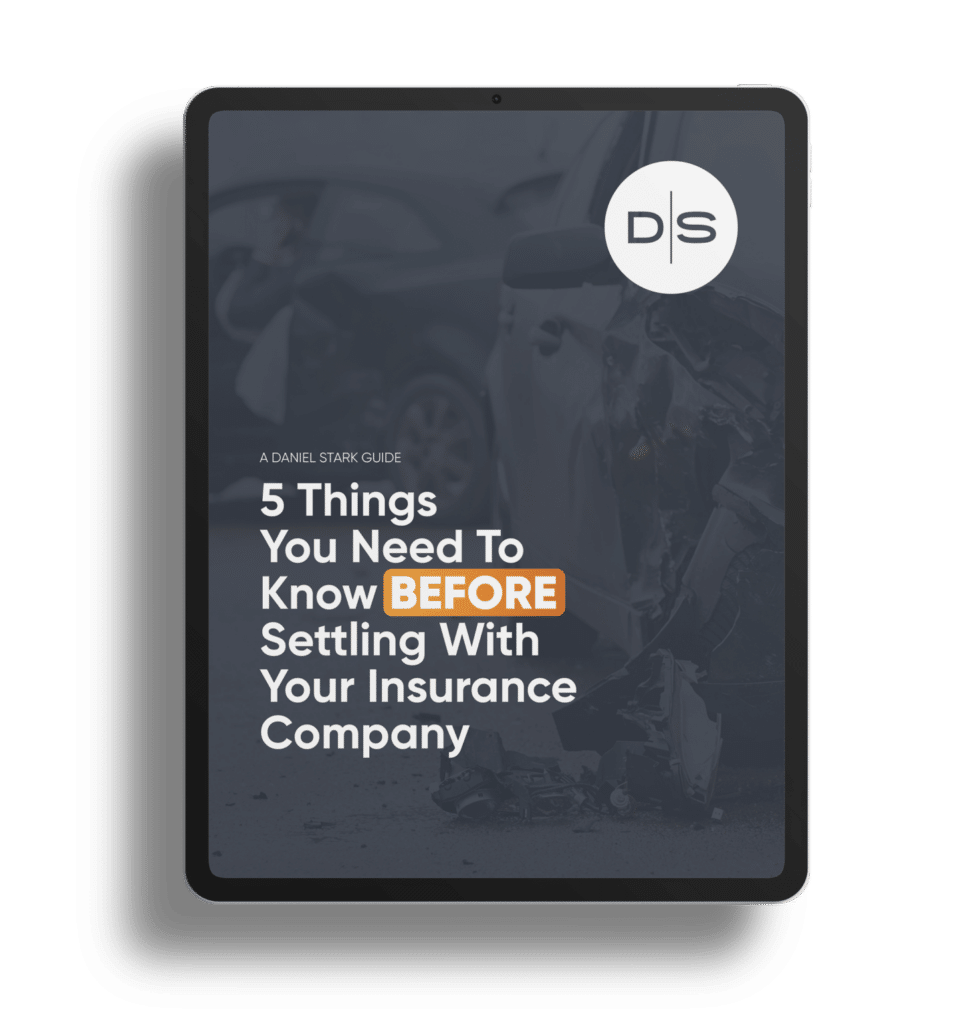So turns out that learning Newton’s Laws of Motion in class wasn’t as pointless as we all thought. If you need a refresher, his first law of motion is an object at rest will stay at rest unless something makes it move. Inversely, an object in motion will stay moving until something makes it stop.
If you’re wondering why I’m talking about the bane of everyone’s high school experience, the answer is simple: seatbelts.
Newton’s First Law of Motion – specifically the part about objects in motion staying in motion – is realized by a lot of people who aren’t wearing seatbelts. At Daniel Stark, we specialize in injuries from car crashes. We understand that yucky things happen and it isn’t your fault.
The truth of the matter is this: if you wear a seatbelt, that’s the force that’ll stop you if you’re involved in a car crash. If not, there can be devastating consequences. There’s no debate that fatal collisions can happen even if someone is wearing their seatbelt, but the numbers don’t lie:
- 55 percent of young adults (ages 13-20) that died in crashes were not wearing a seat belt in 2012, a 3 percent decrease from 2011.1
- Research has found that lap/shoulder seat belts, when used, reduce the risk of fatal injury to front-seat passenger car occupants by 45 percent and the risk of moderate-to-critical injury by 50 percent. In 2011 alone, seat belts saved an estimated 11,949 lives.2
[iframe id=”https://www.youtube.com/embed/L62ueMB0E5E”]
1. National Highway Traffic Safety Administration. Traffic Safety Facts:2012 Occupant Protection. Washington, DC: US Dept. of Transportation
2. Traffic Safety Facts: 2011 Data, NHTSA, DOT HS 811 729










